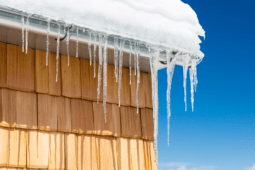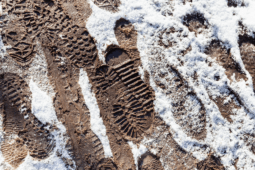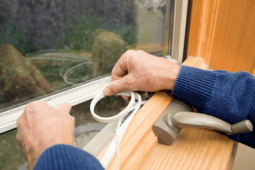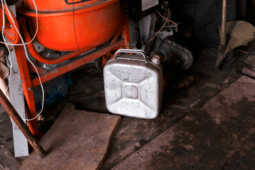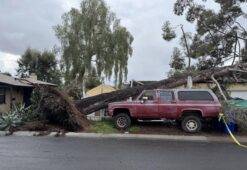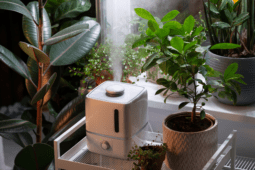Lawn Care Mistakes to Avoid for a Healthier Yard
As the days get longer and warmer, it’s time to give your front lawn the attention it deserves. Proper lawn care goes beyond occasional mowing—it requires a thoughtful approach to ensure long-lasting health and beauty. Fortunately, with a few key tips, you can avoid the most common mistakes and keep your lawn thriving.
Don’t Cut Your Grass Too Short
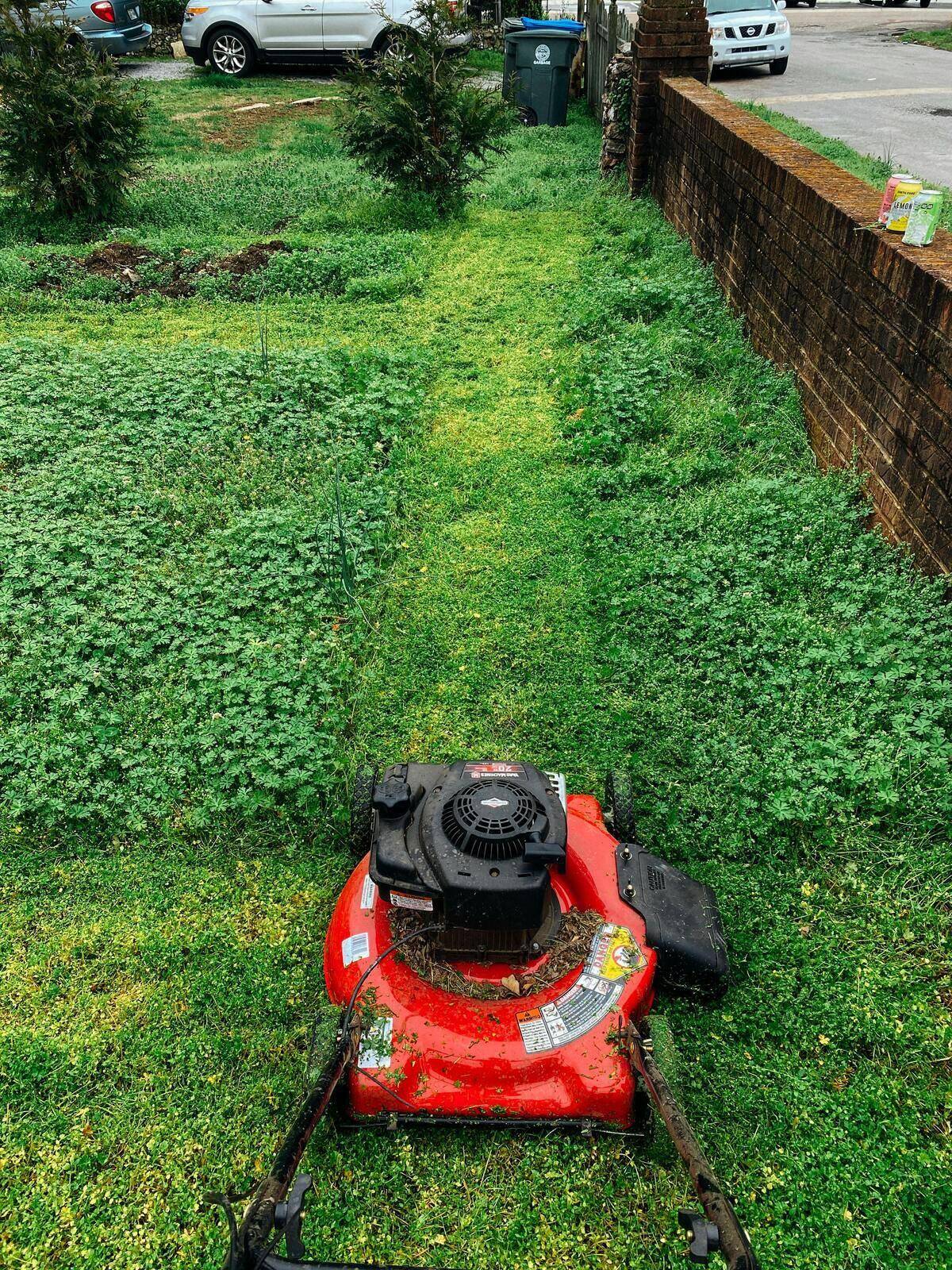
Mowing can feel like a tedious task, especially if you have a large lawn. It might be tempting to cut the grass very short to reduce how often you have to mow, but doing so can harm your lawn’s health.
A good rule of thumb is to avoid removing more than the top third of your grass. Keeping the blades longer encourages deeper roots, which promotes a stronger, healthier lawn.
Keep Lawn Mower Blades Sharp

Many people store their lawnmowers away for the winter without considering maintenance. However, even basic lawnmowers require regular upkeep to perform well.
One of the most important tasks is sharpening the mower blades each year. Dull blades can tear grass, leaving it vulnerable to disease. Sharpening them yourself is possible with online tutorials, or you can have it done at a maintenance shop.
Address the Thatch Problem
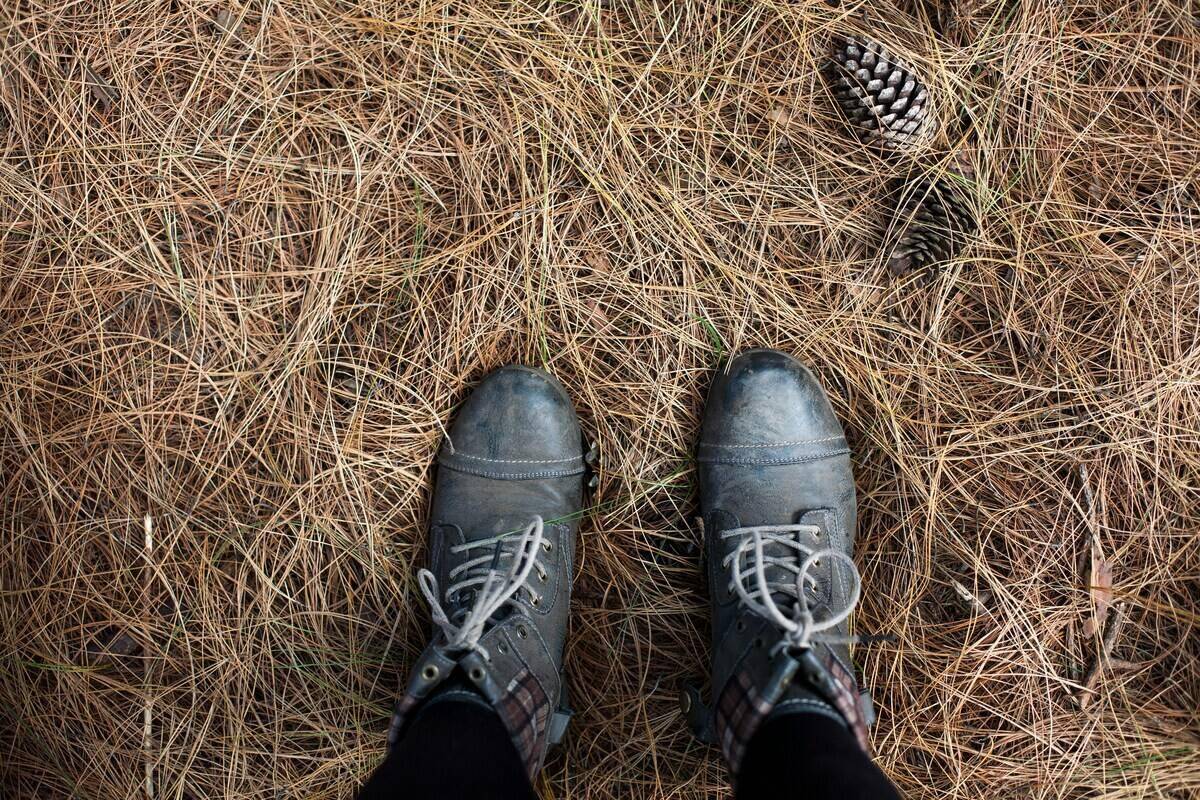
Lawn health starts beneath the surface. Thatch, a layer of organic material that builds up between the soil and grass, is normal, but too much can cause problems.
If you notice more than three-quarters of an inch of thatch after cutting a small square of your lawn, it’s time to de-thatch. Excessive thatch prevents growth and leads to an unhealthy lawn.
Start your next woodworking adventure with TedsWoodworking! Dive into 16,000+ projects and bring your ideas to life. Build unique furniture and master new skills with Ted’s detailed, step-by-step plans guiding you every step of the way.
Don’t Over-Fertilize
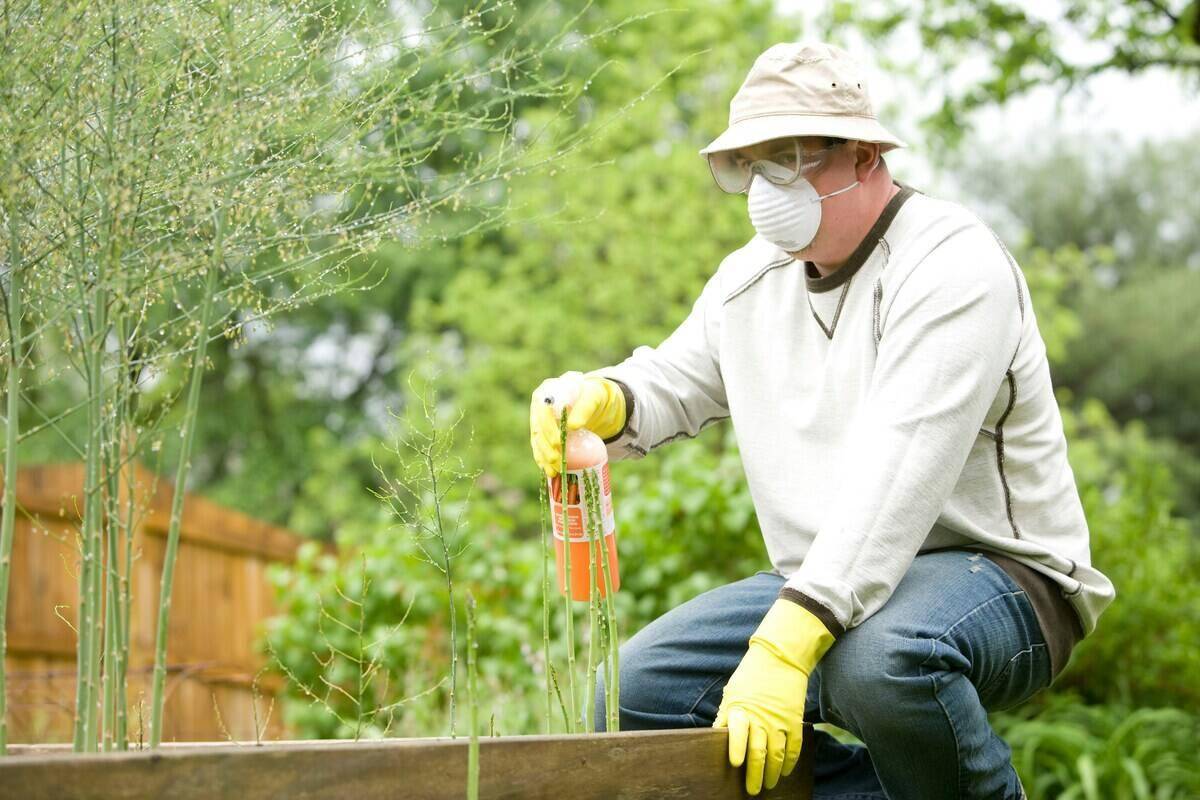
Fertilizer is essential for a lush lawn, but too much of it can do more harm than good. Fertilizers contain compounds like salts that, in small quantities, help grass grow. However, over-application can burn or kill your lawn.
Always follow the recommended guidelines for your type of fertilizer to avoid over-fertilizing, which can damage your lawn’s ecosystem.
Don’t Throw Away Fallen Leaves
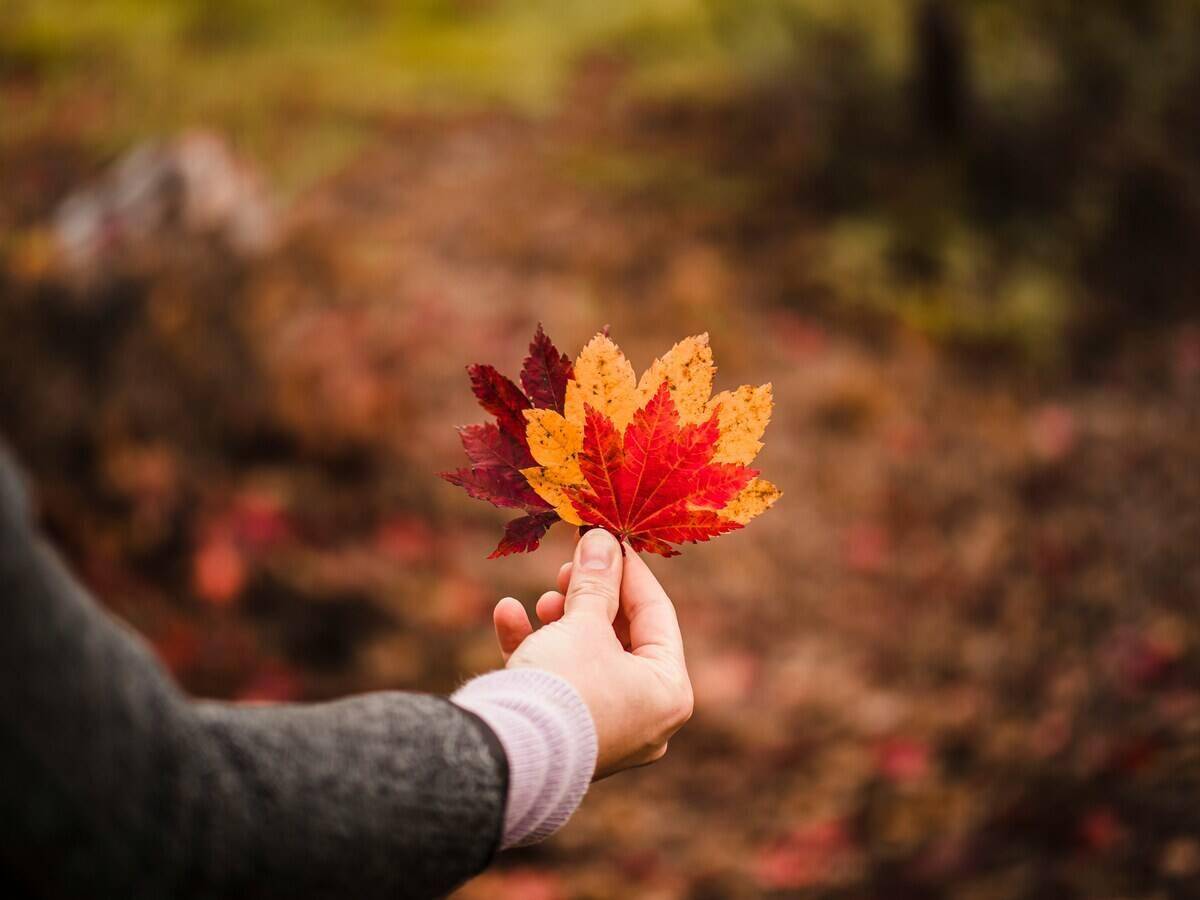
While a thick blanket of leaves can smother your lawn, that doesn’t mean you have to remove them entirely. Instead of raking and bagging them, consider mowing over the leaves to chop them up into mulch.
This organic matter nourishes your lawn and saves you time and effort. Many lawnmowers have a mulch setting, which can make this task even easier.
Don’t Mow Wet Grass
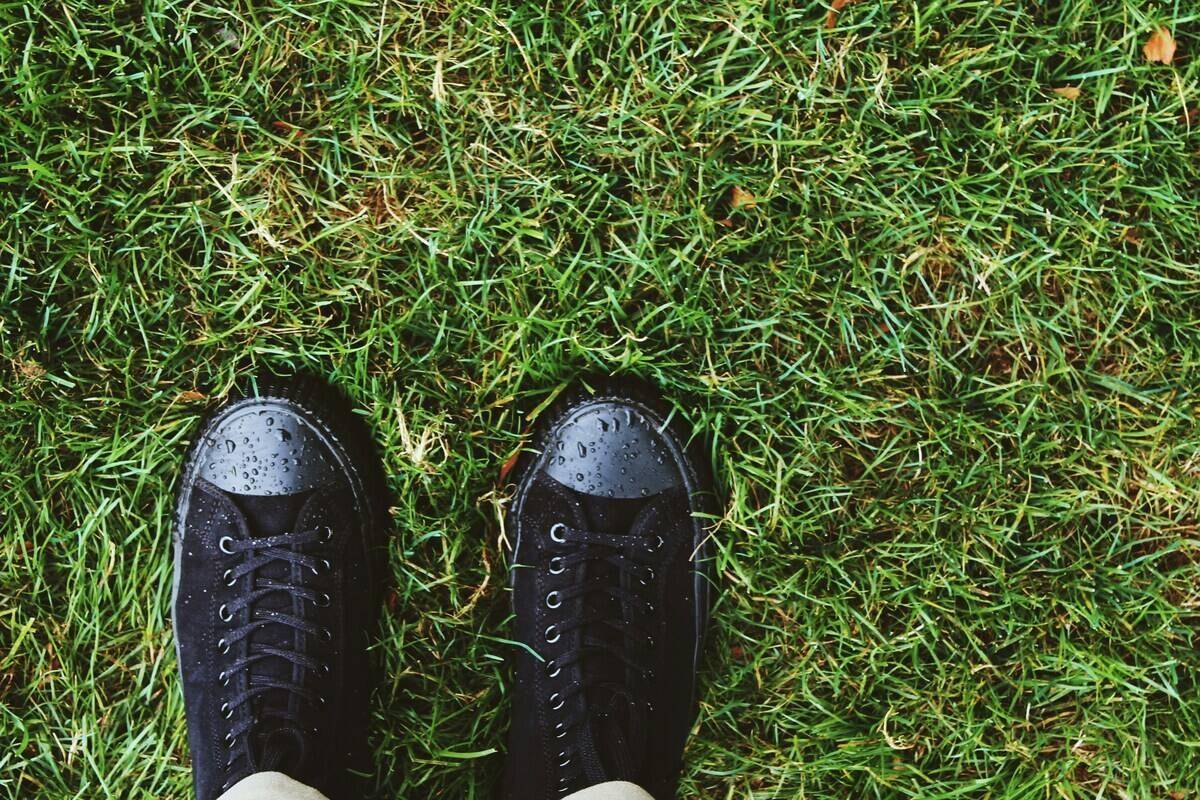
Wet grass tends to clump together and weighs down, making it difficult to achieve an even cut. It also stresses your lawnmower and can damage your grass.
Always wait until the grass is dry before mowing. This will result in a cleaner cut and keep your mower in good shape.
Don’t Ignore Your Lawn’s pH Levels
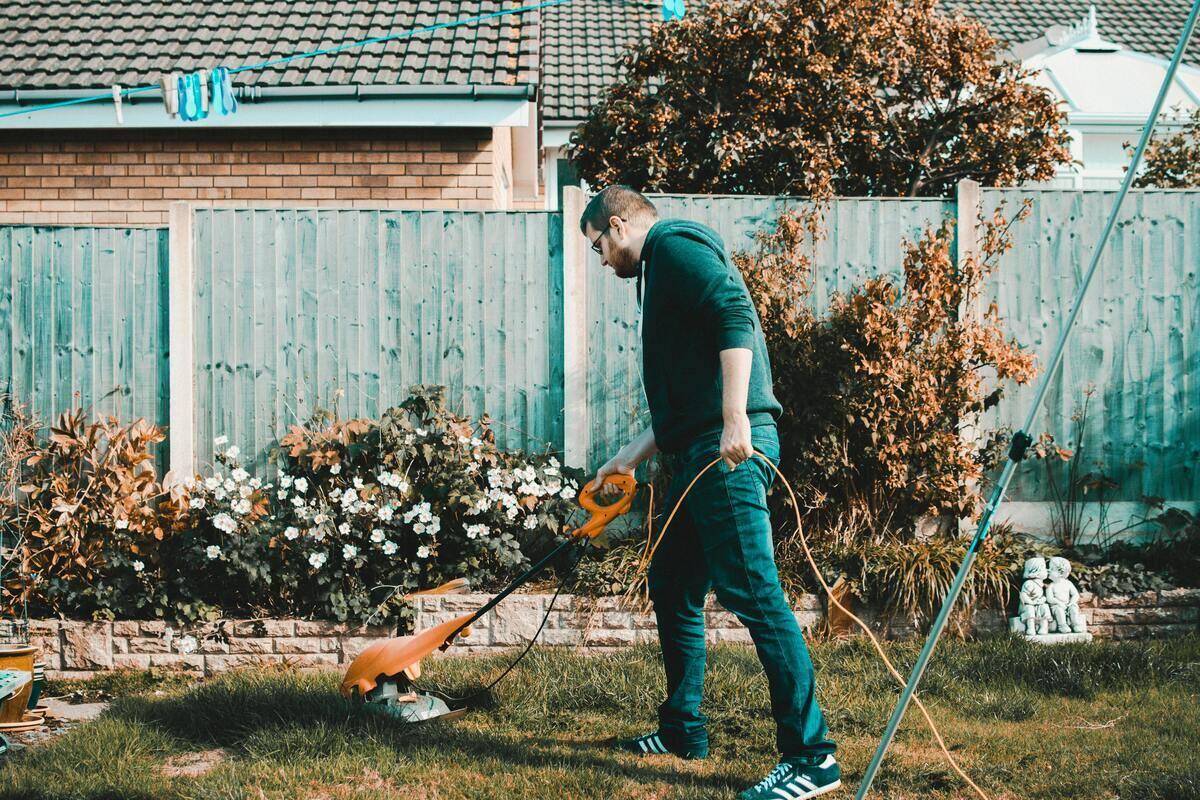
Do you know the pH level of your lawn’s soil? Understanding this can help you choose the right fertilizers and treatments for your yard.
A simple pH test kit from a garden center will give you valuable insights into your lawn’s needs, helping you achieve better long-term results.
Avoid Over-Watering
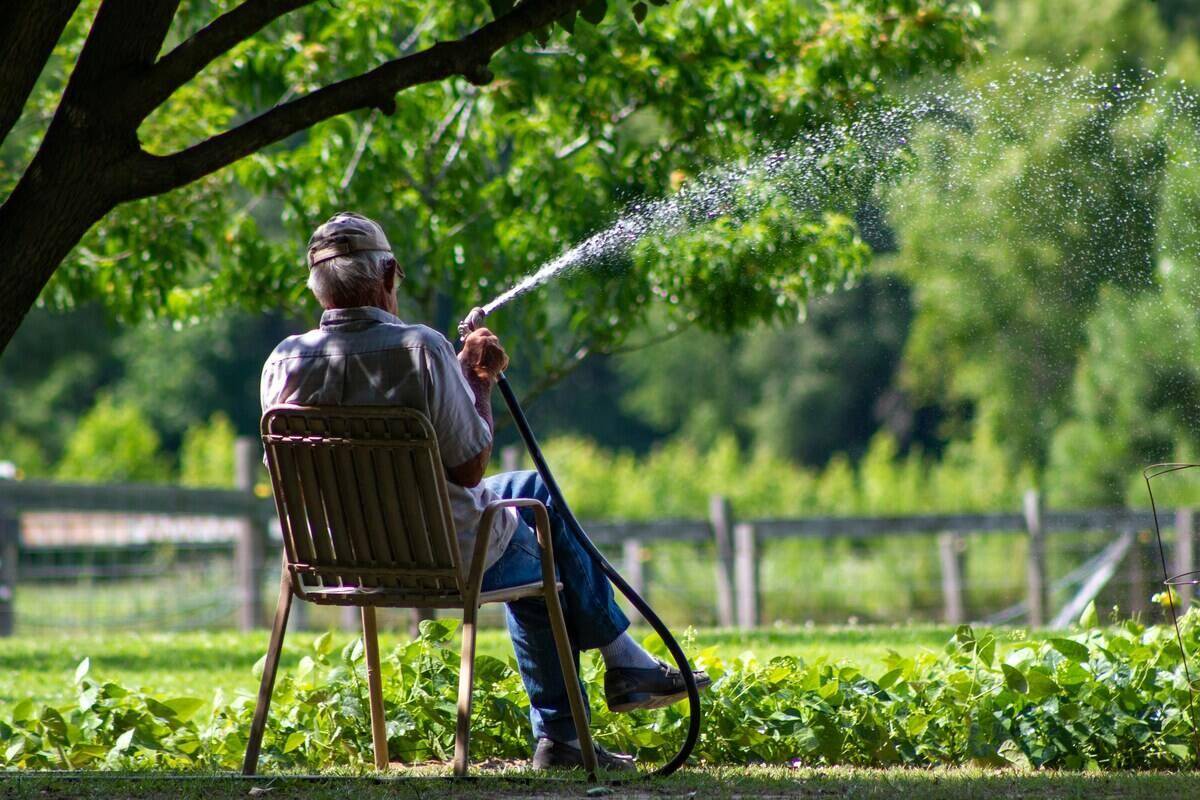
Watering your lawn may seem like the best way to keep it green, but over-watering can drown your grass. Most lawns get enough water from rainfall, especially in regions that experience regular rain.
If you do need to water, focus on giving your lawn a deep watering less frequently. This encourages deeper root growth and a healthier lawn.
Don’t Guess Moisture Levels

To determine how much water your lawn needs, try this method: after watering with a sprinkler, insert a shovel into the soil to check how deep the water has penetrated. Ideally, moisture should reach 3-4 inches deep.
This ensures your lawn gets enough water without oversaturating the soil.
Water in the Morning, Not at Night
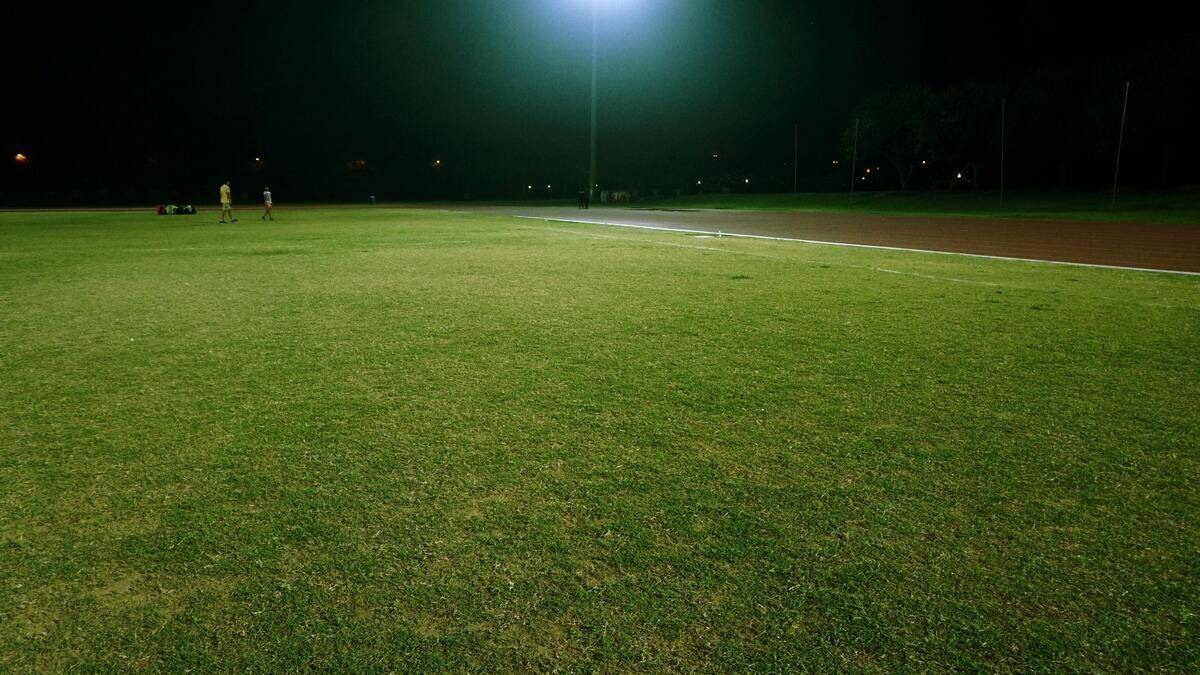
Morning is the ideal time to water your lawn. Watering during the day leads to evaporation, while watering at night leaves the lawn too wet, which can lead to fungus and disease.
Watering in the early morning allows your lawn to absorb moisture before the sun causes it to evaporate.
Avoid Harmful Chemicals
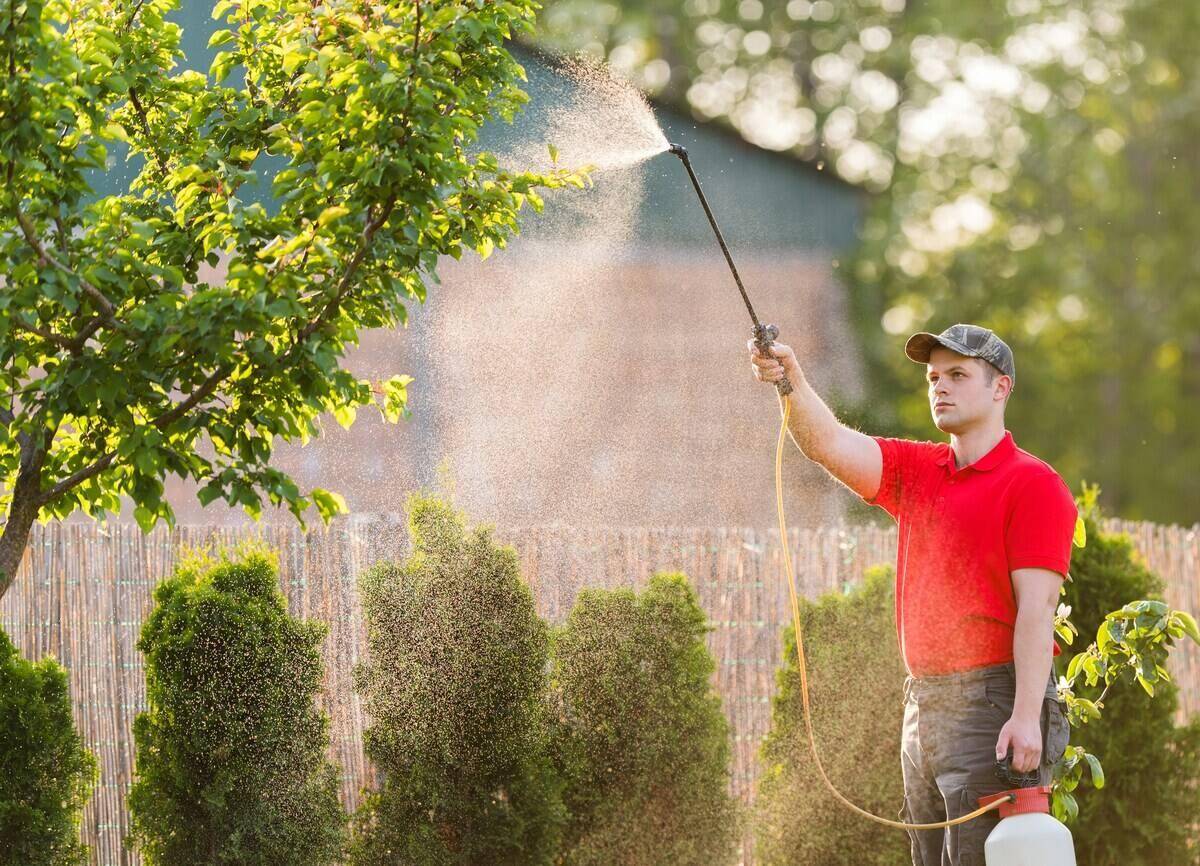
Before applying chemicals to your lawn, think about the potential damage they can cause. Many herbicides and pesticides not only kill weeds and pests but also harm beneficial organisms like earthworms, which play a crucial role in maintaining healthy soil.
Always consider natural alternatives or spot-treat problem areas to minimize the use of harsh chemicals.
Don’t Leave Objects on the Lawn

Leaving objects like furniture, toys, or equipment on your lawn for long periods can block sunlight, leading to dead spots in the grass.
To prevent this, make a habit of moving objects around to ensure that no single area is deprived of sunlight for too long.
Let Grass Clippings Be
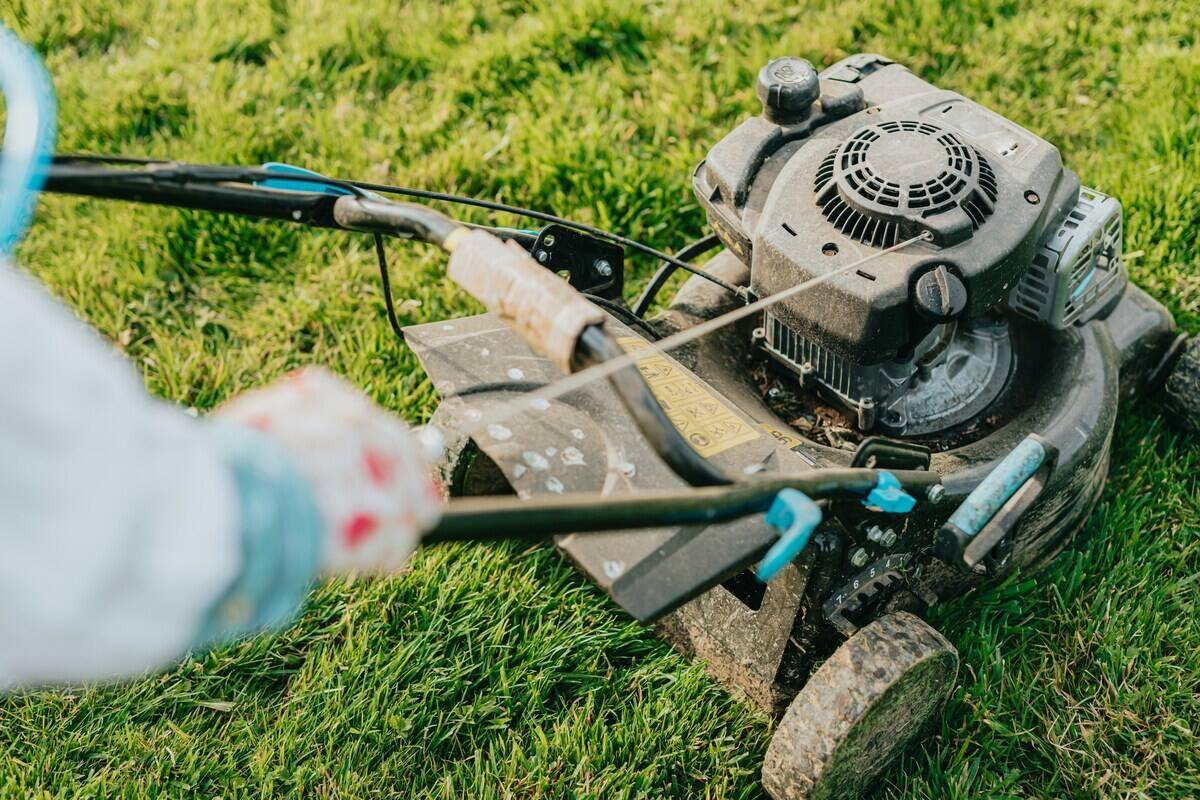
Many people bag their grass clippings to keep the lawn tidy, but leaving them on the lawn can actually be beneficial. Clippings decompose quickly and return nutrients to the soil, helping the remaining grass grow stronger.
Within a couple of days, the clippings will become almost invisible.
Don’t Worry About Mushrooms
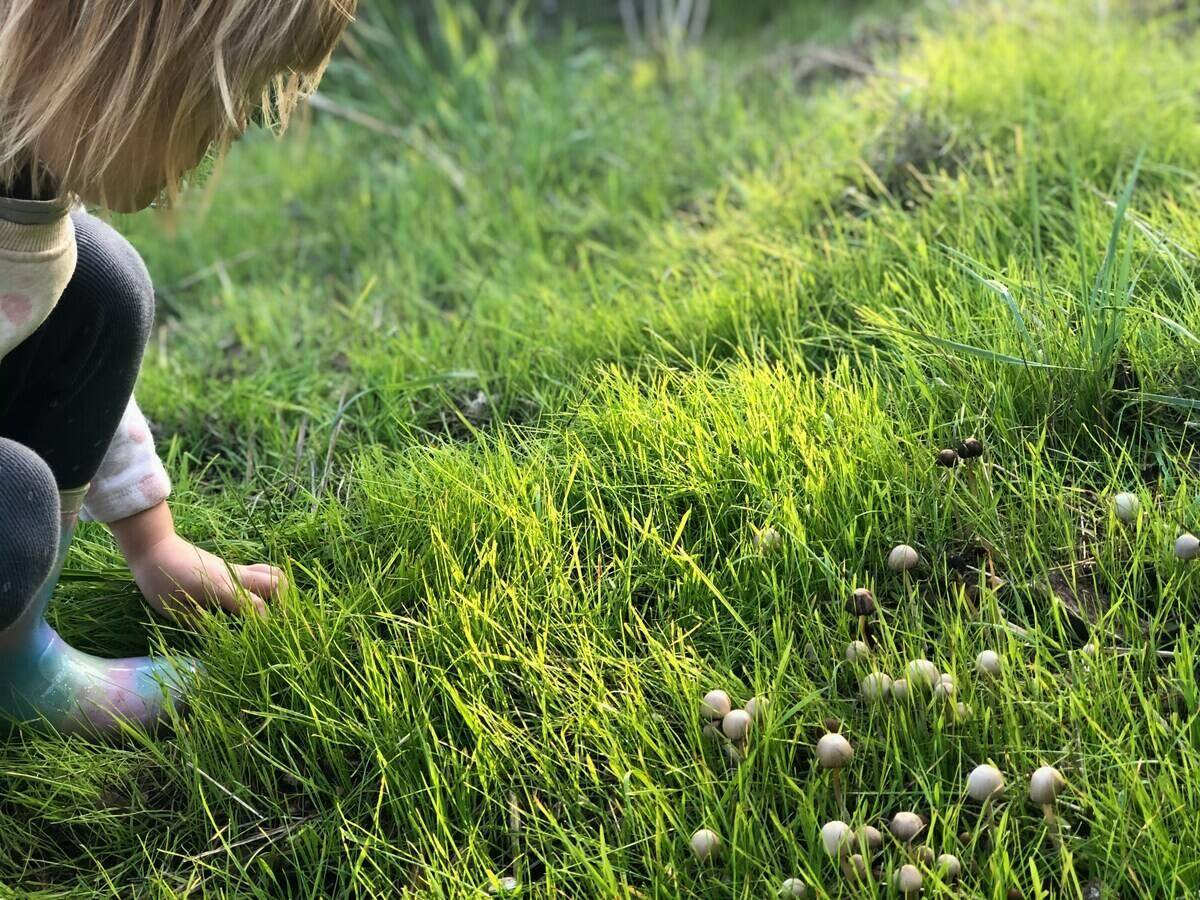
If mushrooms pop up on your lawn, don’t panic. They’re a natural part of the ecosystem and can actually benefit your yard by breaking down organic matter.
If you don’t like the look of them, simply mow over them. They’ll disappear without causing harm to your grass.
Skip Hand-Watering with a Hose
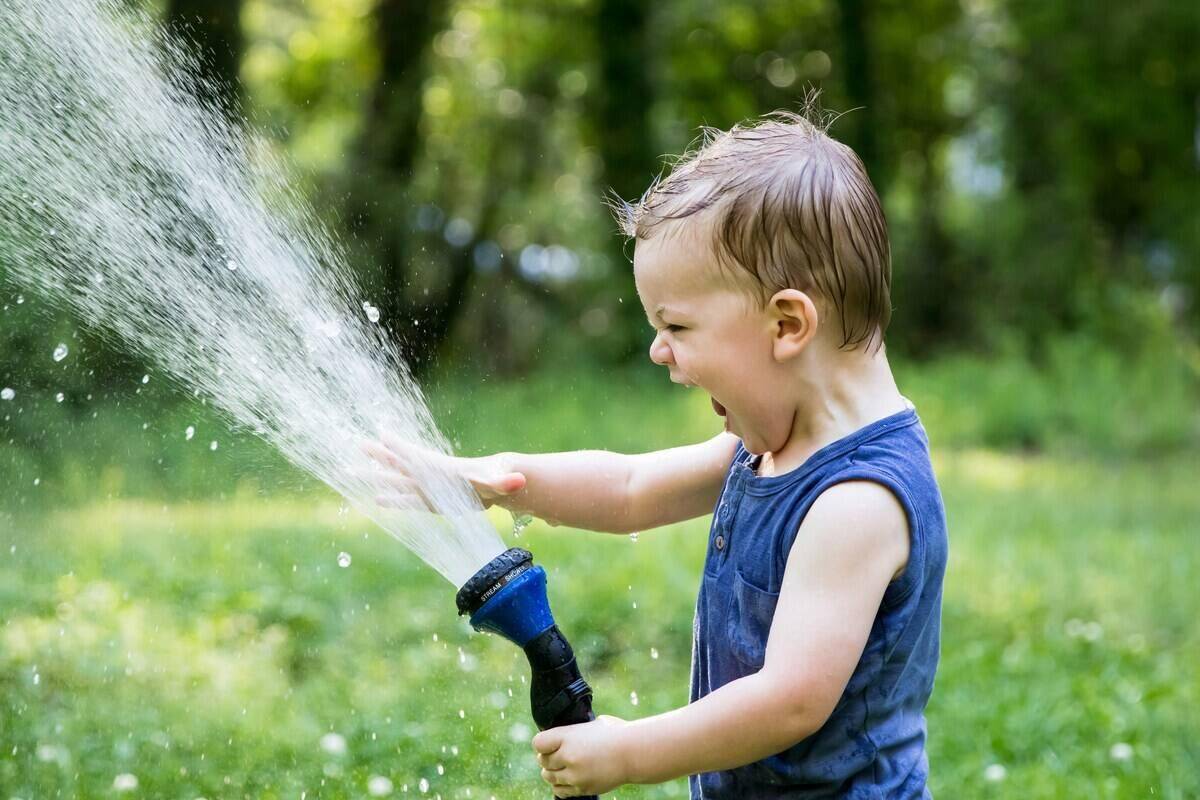
Watering your lawn by hand with a hose may seem like a simple solution, but it’s difficult to ensure even coverage. Certain areas may be over-watered, while others remain dry.
For best results, use a sprinkler system that distributes water evenly across your entire lawn.
Don’t Aerate in the Spring

Aerating helps relieve compacted soil, but spring may not be the best time for this task. Aerating in the spring can dry out the soil.
Instead, aim for fall aeration when the cooler temperatures are more forgiving, or aerate in spring only if you’re prepared to water the lawn more frequently.
Use the Right Grass for Shady Areas
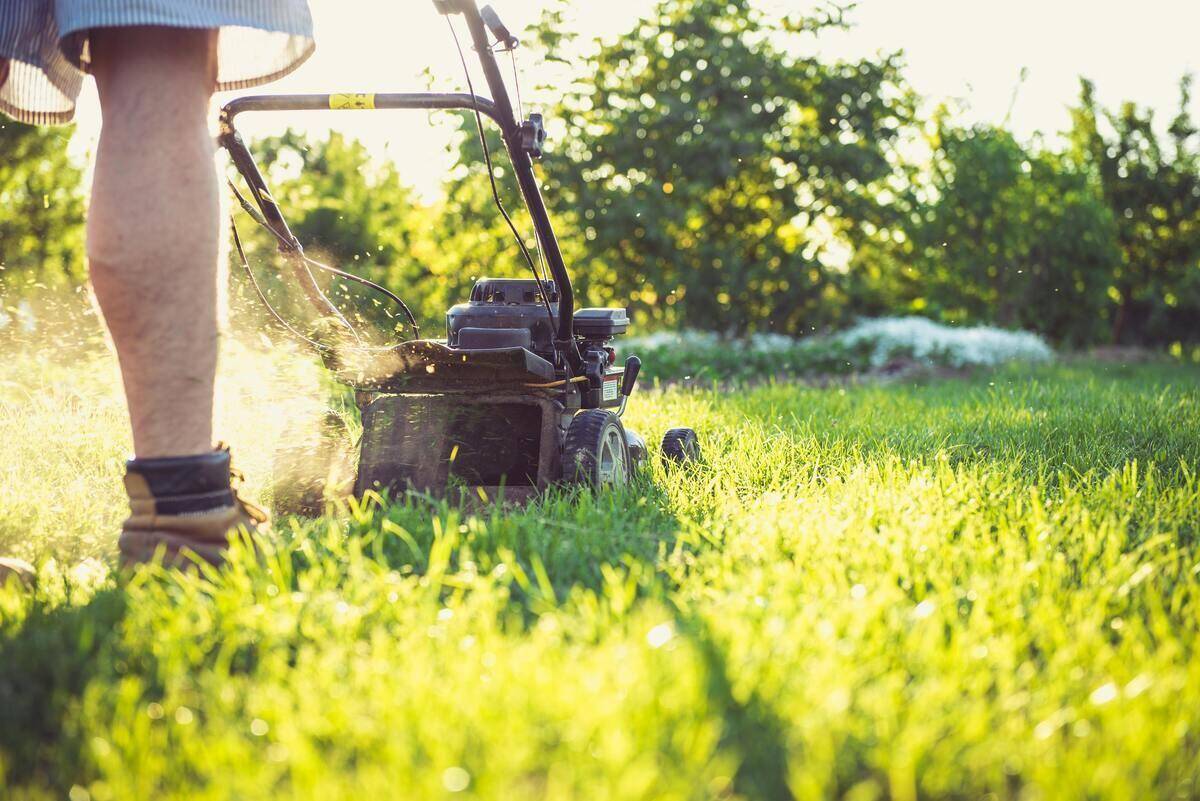
Not all grass types thrive in the same conditions. If your lawn has shady areas, consider planting grass varieties suited to low sunlight, such as fescue.
Consult with garden center experts to find seed blends specifically formulated for shade.
Get a Soil Test
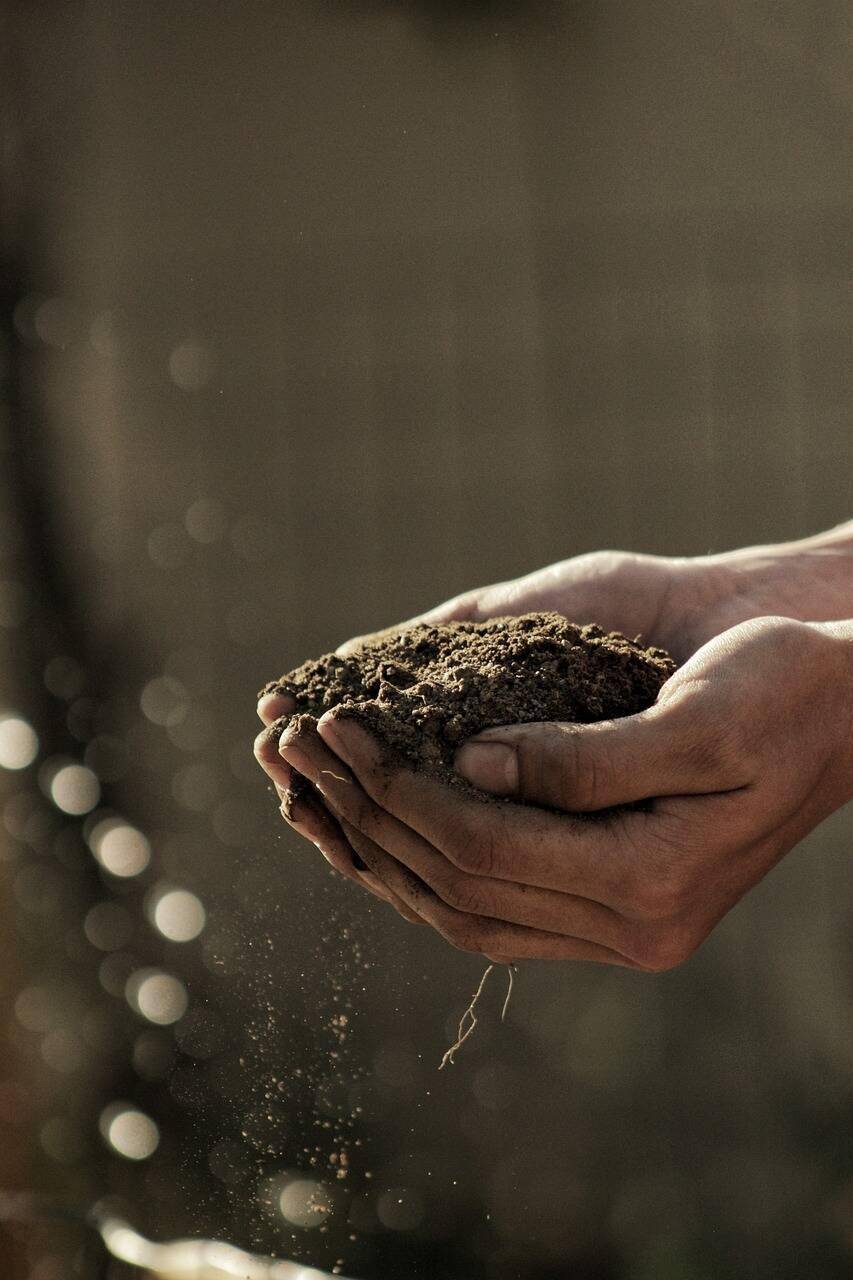
Just as DNA testing reveals genetic information, a soil test can give you detailed insights into your lawn’s needs.
Testing can identify nutrient deficiencies and help you make smarter decisions about fertilizers and treatments.
Don’t Overlook Signs of Lawn Disease
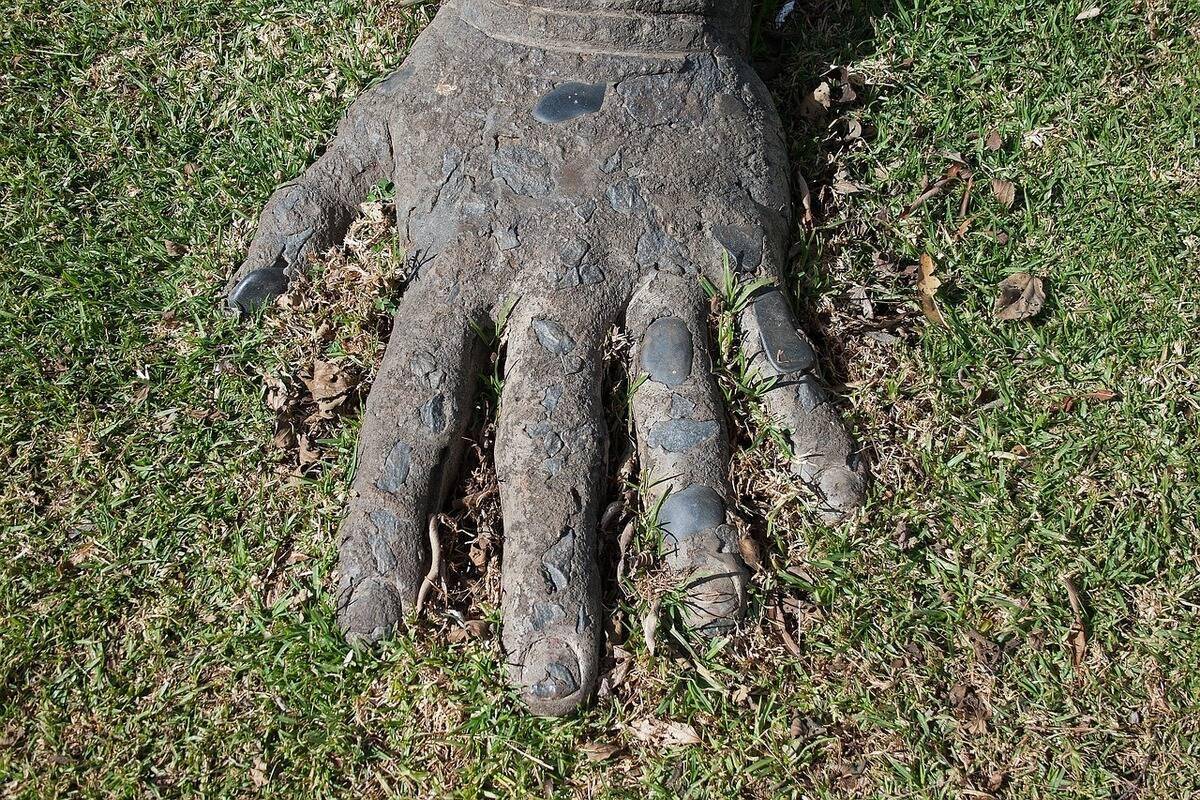
A healthy-looking lawn can still hide disease. Look for telltale signs such as discoloration, odd growths, or slimy patches, which could indicate fungal or bacterial issues.
Catch these problems early to prevent them from spreading.
Watch for Pest Infestations
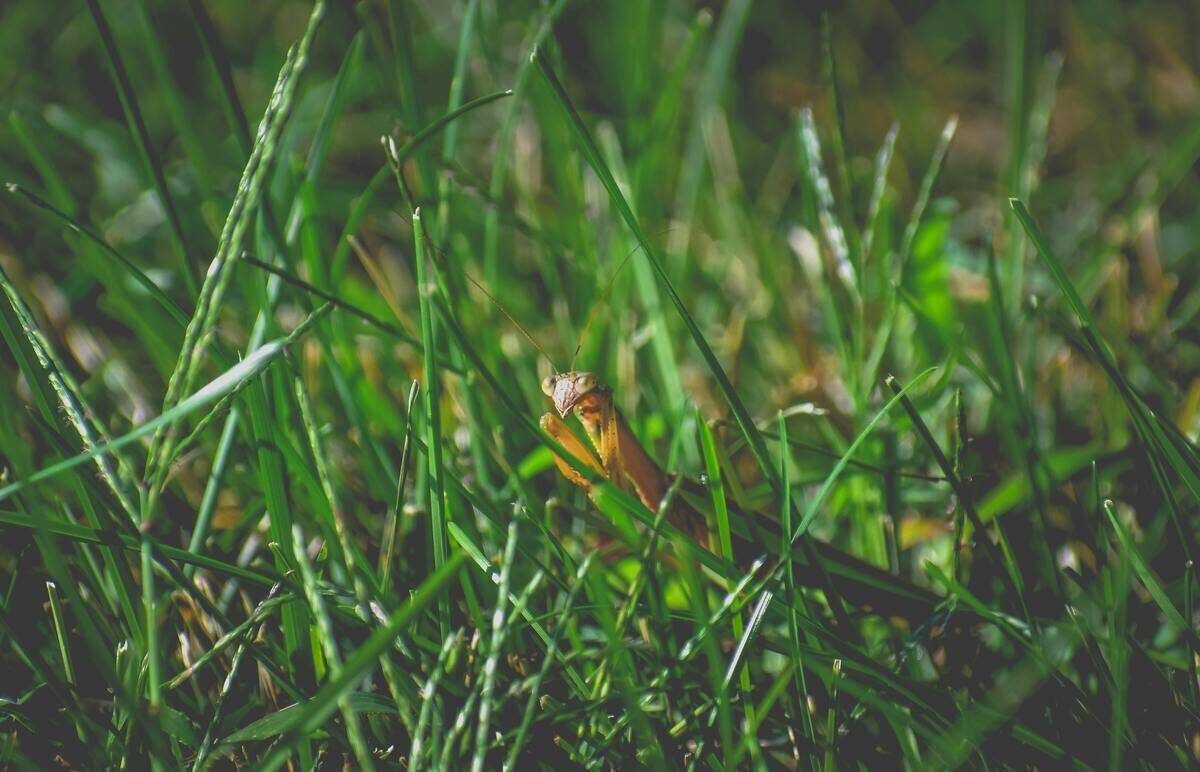
Certain pests can wreak havoc on your lawn. If you notice areas where the turf lifts easily or see signs of damage, inspect for grubs or other pests.
Address infestations early to protect your lawn from further harm.
Skip Chemical Use Before Rain

Applying lawn chemicals just before it rains is a recipe for disaster. Rain will wash away most of the product, wasting your effort and potentially harming the environment.
Plan chemical treatments for dry days to ensure they stay in place and do their job.

